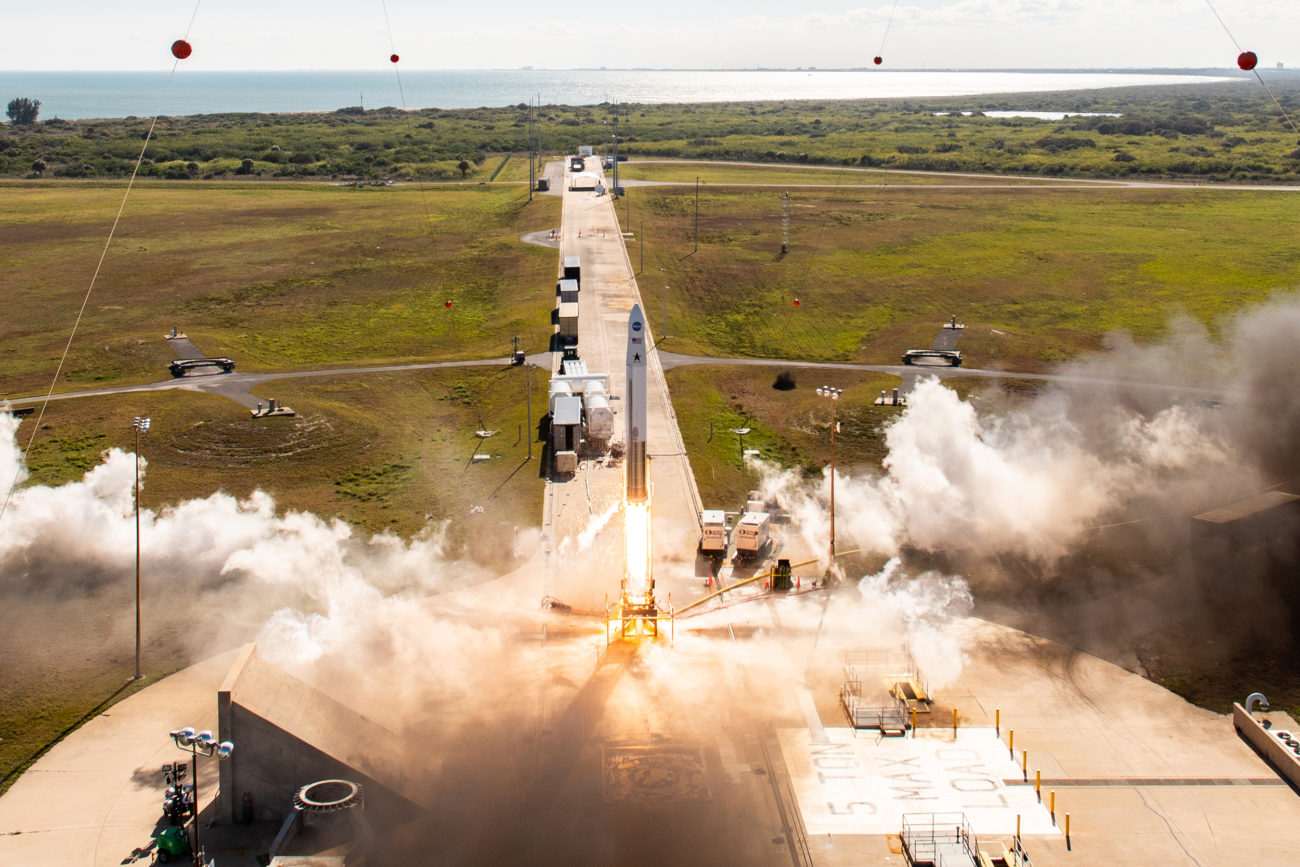By Andrew Griggs, Senior Director, Mission Management & Assurance at Astra
Earlier this month, we launched for the first time out of Cape Canaveral. While this mission represented historic firsts for Astra, we experienced an anomaly during flight and were unable to deliver the payload to orbit. We deeply regret the loss of the mission and are working to investigate and identify the root cause of the issue. While our current investigation is ongoing, I wanted to share a little more about our process for investigating issues in flight.
The Federal Aviation Administration (FAA) authorized Astra to lead the investigation, is providing oversight to ensure any public safety issues are identified and addressed, and will approve the final report. Astra is executing our FAA-approved investigation plan, in addition to industry best practices, which enables us to not only determine and resolve the root cause of a failure, but look across the rest of our systems to see what else might be impacted and make those systems more robust as well. This is a rigorous process that moves rapidly from theory, to experimentation, to action.
Our launch investigation process includes four main steps, which are summarized here:
- Flight Data Review
As soon as a flight is complete, even for a fully successful launch, we review flight video and telemetry to compare our expectations with what actually occurred to identify any off-nominal events.
- Timeline Reconstruction
For any off-nominal events, we then reconstruct a timeline of launch-sequence events and telemetry which allows us to understand what happened and when. In this case, our early findings and flight video show that the first stage burn was nominal, and the anomaly occurred during the stage separation process following Main Engine Cutoff.
- Fault Tree Analyses
After we understand the timeline of events, we analyze all of the possible causes of any off-nominal events in order to identify a root cause. We do this by creating fault trees, which are a reliability engineering tool used to organize and analyze the most likely direct causes. We move quickly from theory to experimentation in order to test our hypotheses and narrow in on the root cause.
- Implementing Corrective and Preventative Actions
After we’ve identified and corrected the root cause, we then look across our system to determine how we can apply lessons learned and implement preventive actions for future missions. We view this as the most important step because it helps us continuously improve our system and increase its reliability.
It has been a little over a week since our launch. We have already completed steps 1 and 2 in our investigative process, and are currently in the process of finalizing the fault trees (step 3) and implementing corrective actions (step 4).
This investigation process is driven by our core value of learning and allows us to test and iterate at speed. We believe that the faster we are able to iterate, the more we can refine our launch system, and the faster we are able to get our customers back to the launch pad. We will share more about what we have uncovered when our investigation with the FAA is complete. Following that, we expect a safe return to launch.
—
Launch photo by Brady Kenniston / Astra
